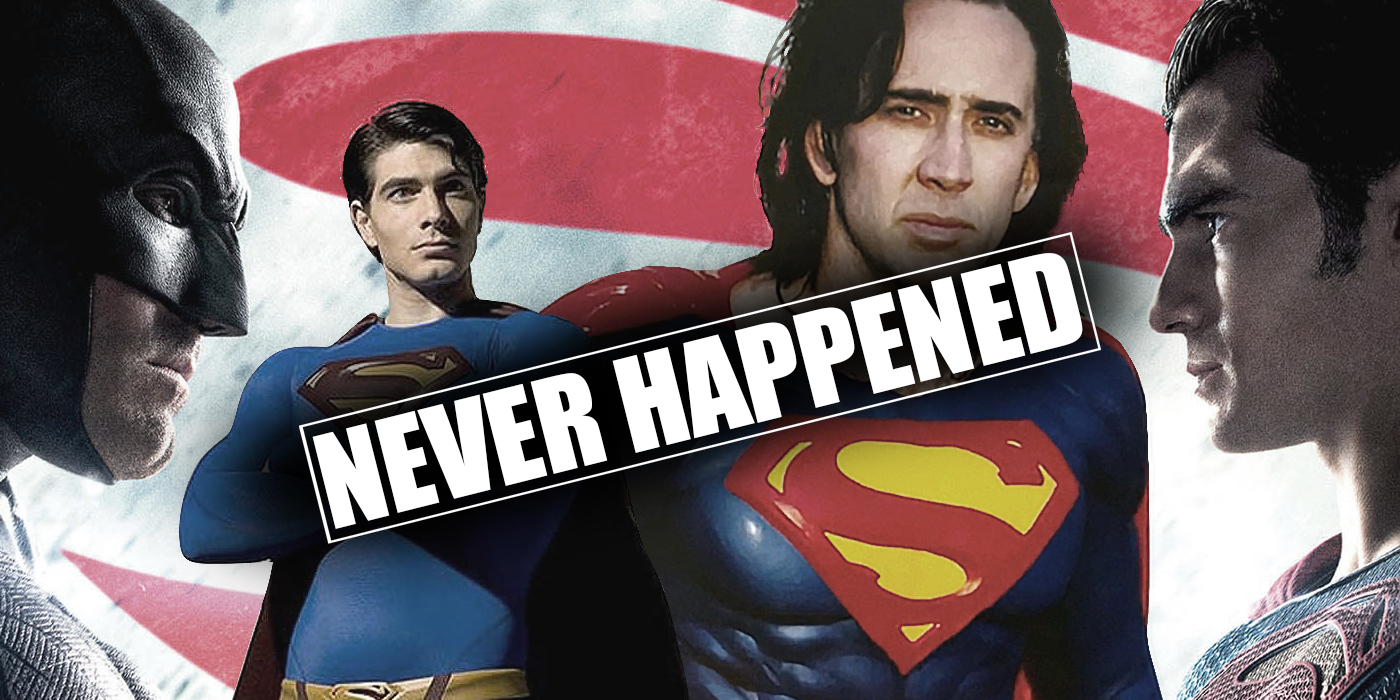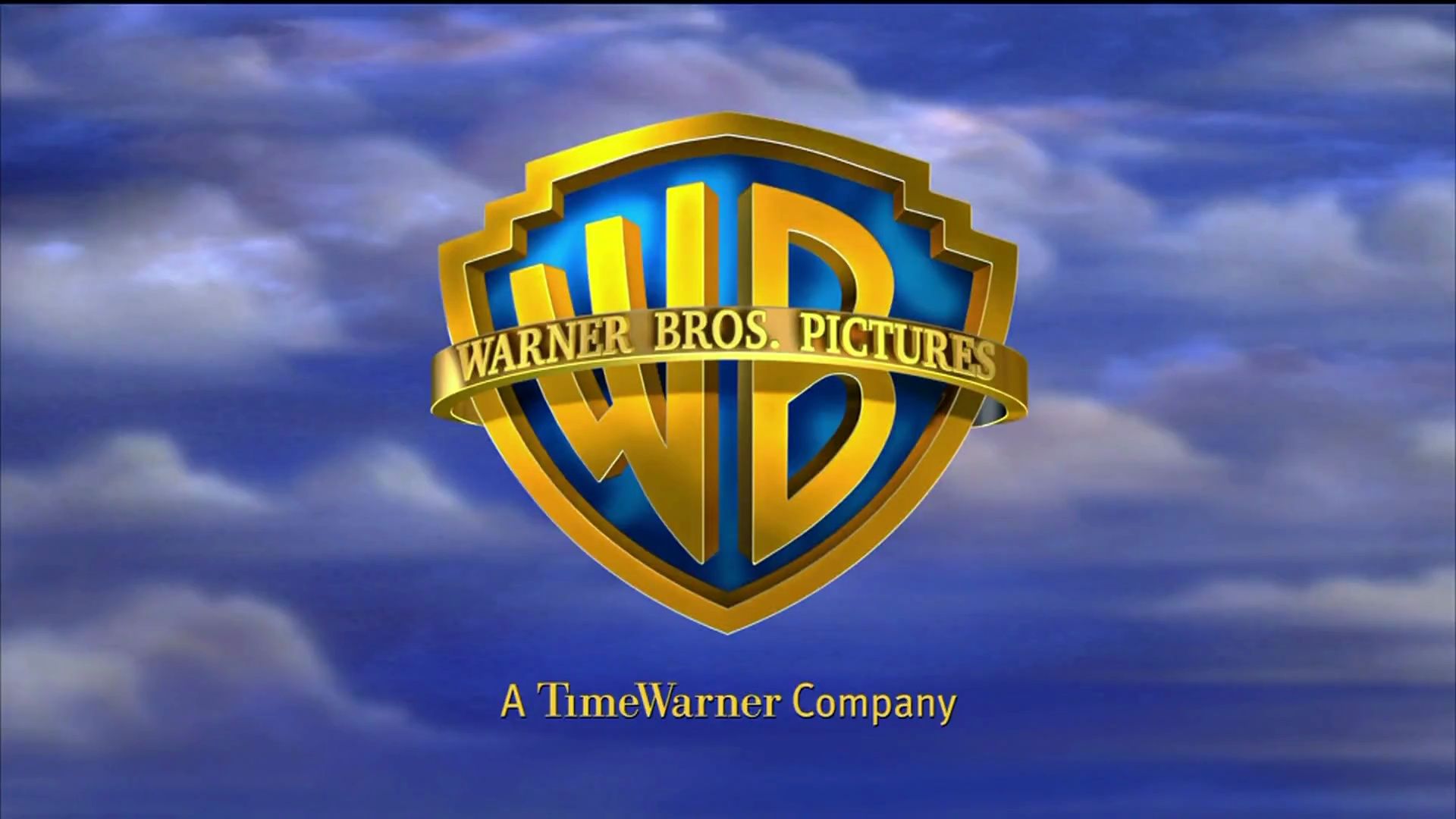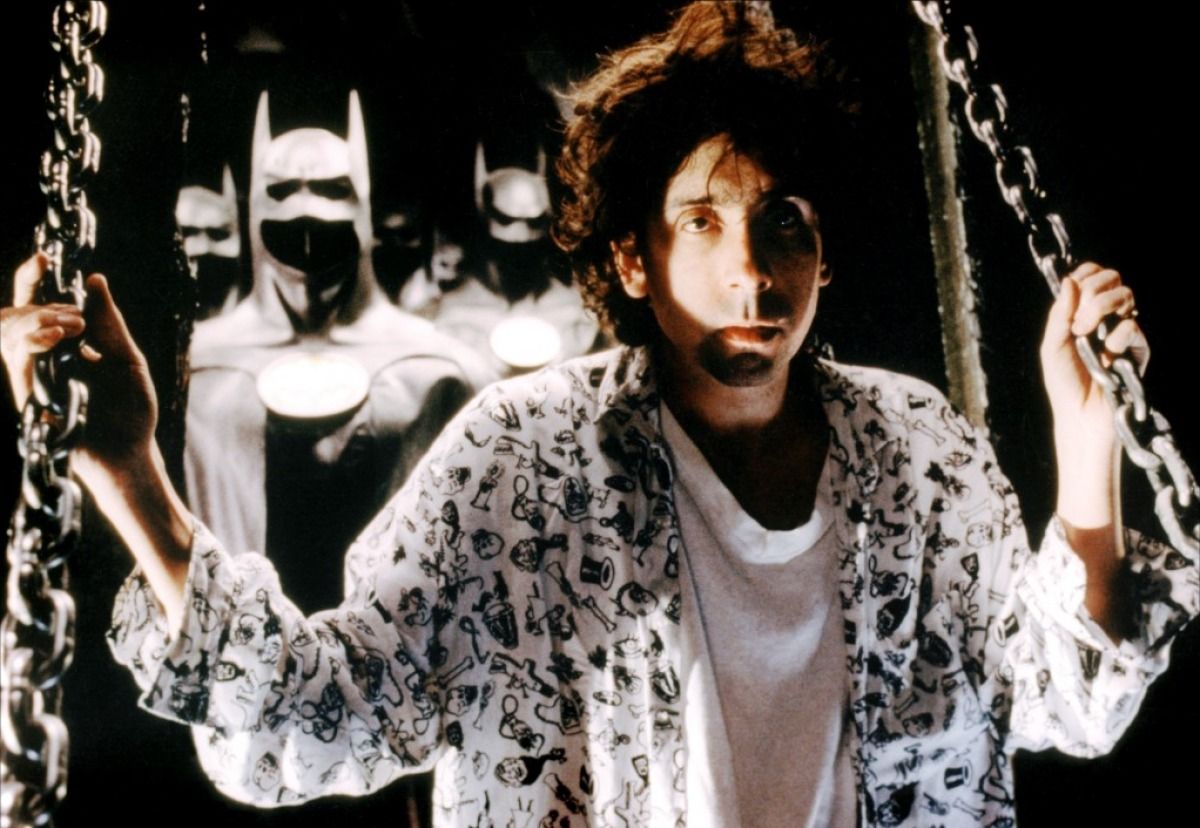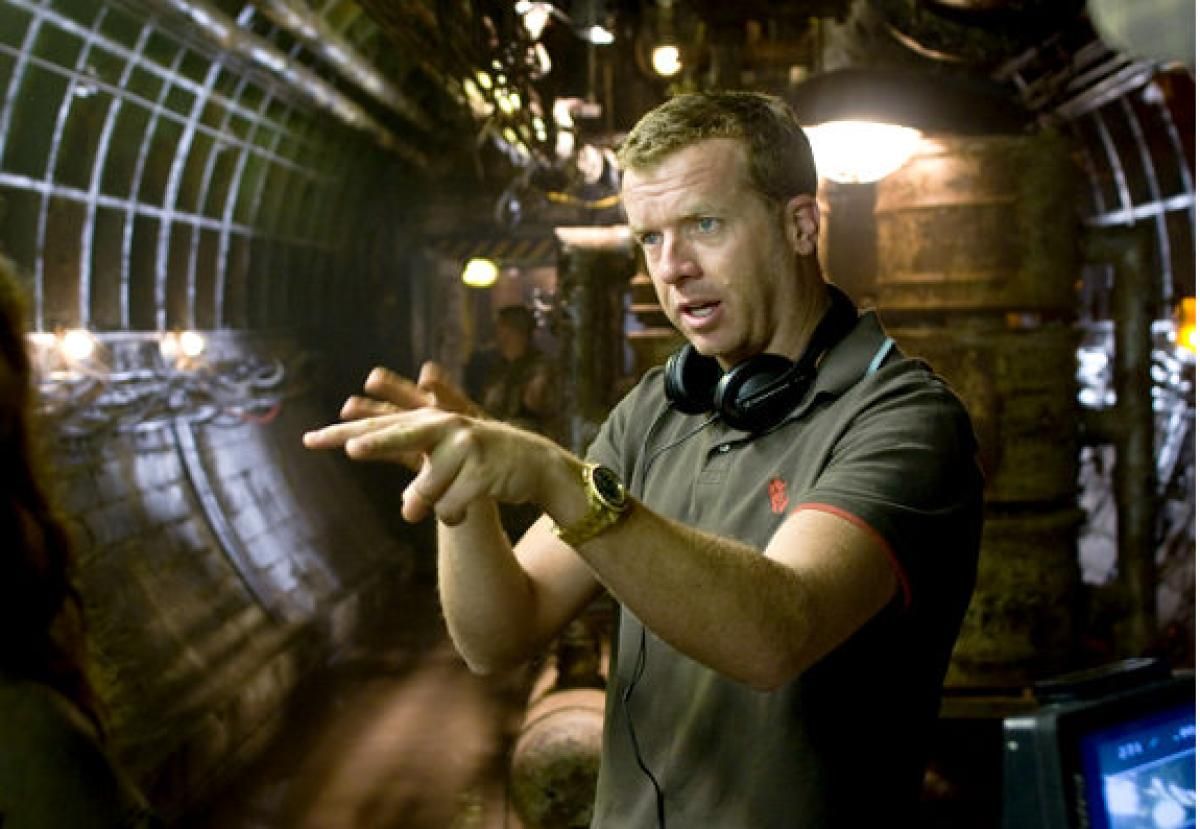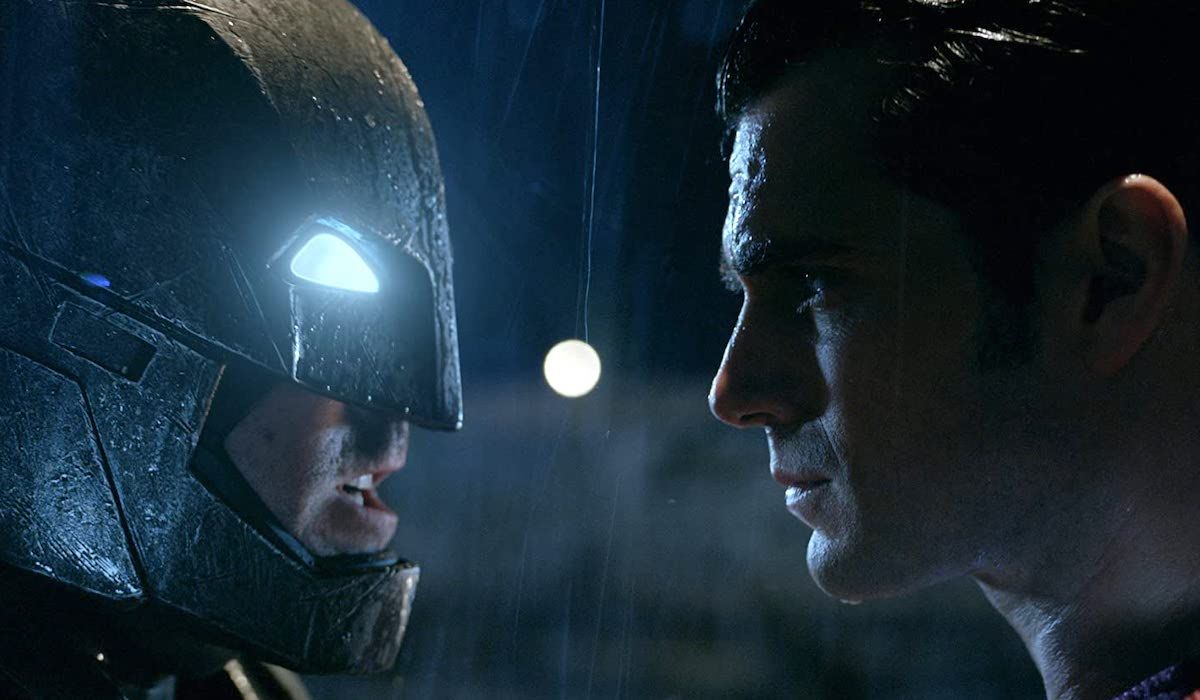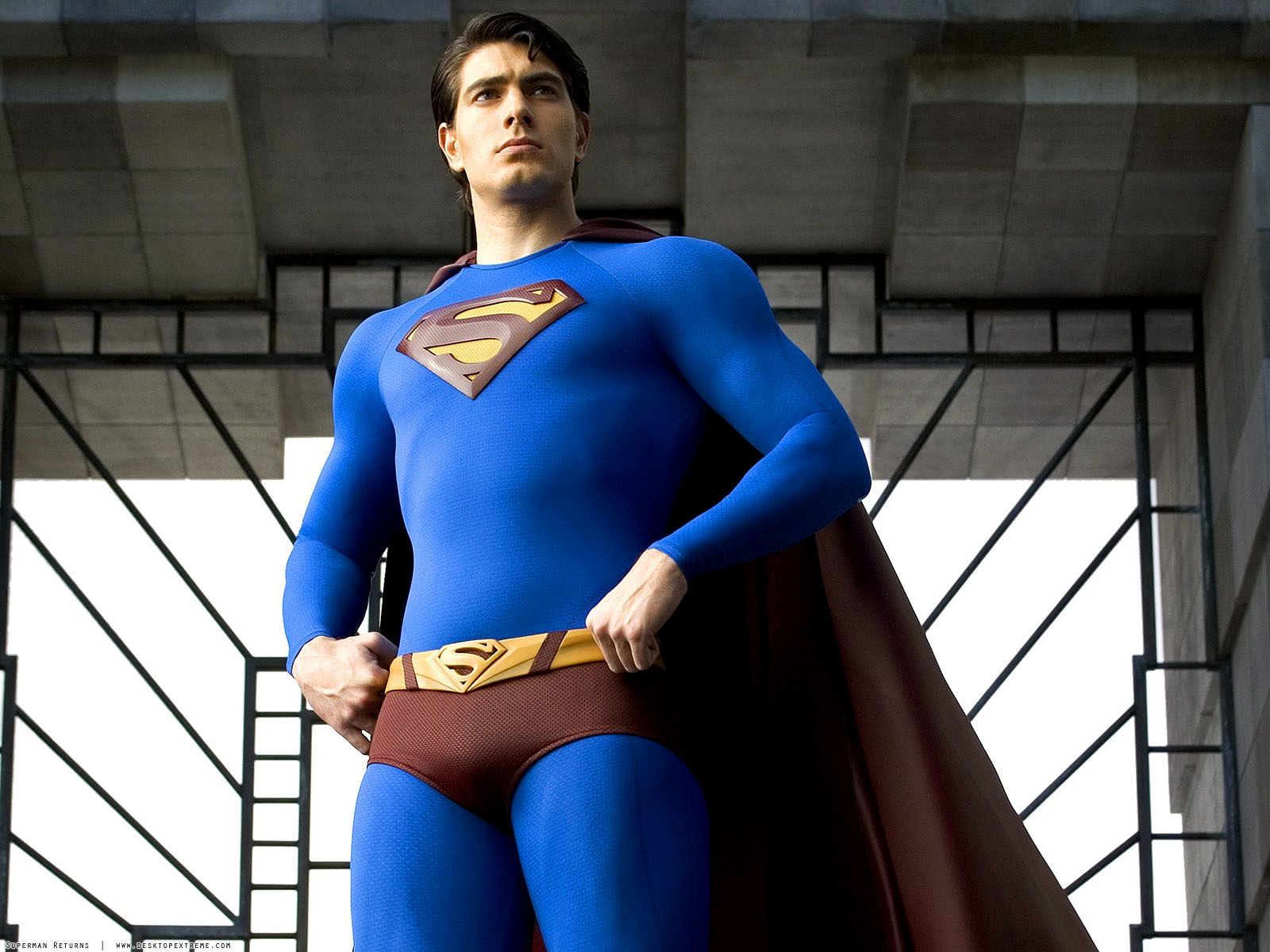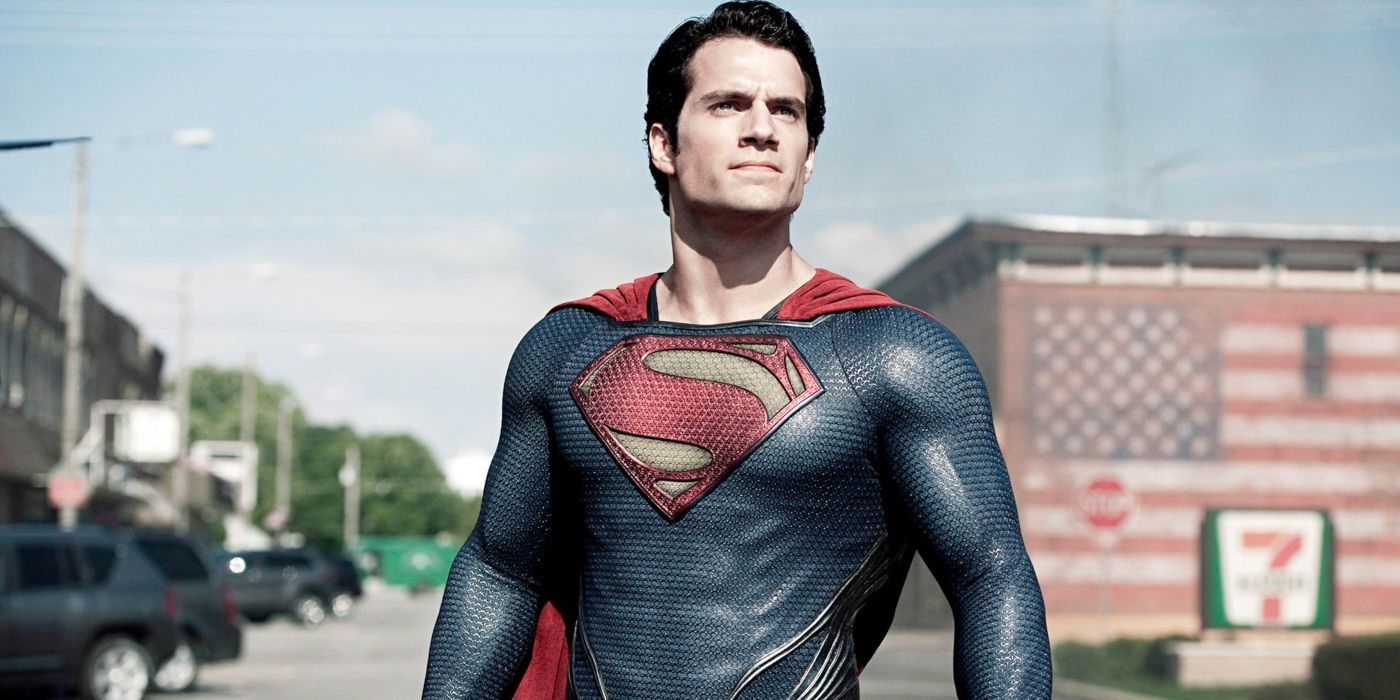Although there have been eight produced feature films about the character, with someone as iconic as Superman there have been plenty more that were planned, developed, and even written, only to fall by the wayside for one reason or another. Christopher Reeve brought the character to vivid life on the big screen in 1978’s Superman, but after his tenure ended with 1987’s Superman IV: The Quest for Peace following diminishing returns, Hollywood spent over a decade trying to figure out how best to get the Man of Steel back on the screen.
We know the movies that did come to fruition, but I wanted to take a look back at five attempts to bring Superman to the big screen that never happened.
Superman Reborn
In 1993, after the 1987 low-budget Superman IV: The Quest for Peace garnered a poor critical and commercial reception, Warner Bros. sought to reinvent the franchise, spurred in part by the success of the “Death of Superman” comics storyline. The studio purchased the rights to the character and set Jon Peters to produce, who at the time was just coming off of producing Batman and Batman Returns for the studio. The success of Tim Burton’s radical comics adaptations were further reason to bring the Superman character out of retirement in a big way, and so Demolition Man screenwriter and WB script doctor Jonathan Lemkin was hired to write the script.
The resulting story, titled Superman Reborn, focused on the relationship troubles between Clark Kent and Lois Lane, with Doomsday acting as the movie’s villain. The twist was that the film actually opened with Superman’s death, at which point he professes his love to Lois, impregnating her with his child. Their son grows at an accelerated rate, reaching age 21 in the span of three weeks and essentially serving as the resurrected Superman.
Warner Bros., however, felt the story and themes were too similar to their own Batman Forever, which was poised for release in 1995, and thus brought in Gregory Poirier (Rosewood) to rewrite the script. Instead of lightening the tone, however, Poirier leaned hard on Superman’s existential woes and dived into the notion of being an outsider on Earth. He added the villain Brainiac, who creates Doomsday, and changed the story so that after Doomsday kills Superman, the Man of Steel is then resurrected by alien/Brainiac victim Cadmus. The resurrected Superman is without his suit, however, and must don a robotic suit to square off against Brainiac, eventually wearing a radical redesign of the Superman costume that was more akin to the Batsuit.
While Warner Bros. was initially thrilled with Poirier’s rewrite, they changed their tune in 1996 after a meeting with Kevin Smith, which then spurred the creation of the most infamous Superman movie never made.
Superman Lives
The life and death of Superman Lives has been well-covered before, including in the late, great Jon Schnepp’s wildly fascinating documentary The Death of “Superman Lives”: What Happened?. Its history begins with a meeting between Kevin Smith and Warner Bros. executives in 1996, which took place as Smith was red-hot off the success of Clerks and Chasing Amy. The studio asked what he thought of Gregory Poirier’s script for Superman Reborn, with Smith candidly telling them it was “terrible” and that Poirier “didn’t get the Superman mythos.” As a self-professed comics fan, Warner Bros. worried that Smith’s opinion was a preview of the film’s response from the legion of Superman fans across the globe, so they asked the filmmaker to start over and write the Superman script he would want to see.
As Smith has recounted many times before, he was given certain parameters by producer Jon Peters, who provided Smith with the following guidelines: Superman must wear an all-black suit, Superman can’t fly, and Superman must fight a giant spider in the third act. Moreover, the studio wanted Smith to keep Brainiac as the villain and to maintain the twist of Superman dying in the film, with WB execs still thinking the key to bringing Superman back to the big screen was mining the “Death of Superman” comics arc.
Smith acquiesced, and the resulting story found Lex Luthor summoning Brainaic and his robot companion L-Ron to help defeat Superman by blocking the sun’s rays, which diminishes the superhero’s powers enough for Doomsday to kill him. The script was littered with cameos and Easter Eggs, including appearances by Deadshot and Batman, the latter of whom gives a eulogy at Superman’s funeral. Peters subsequently requested more action in the script while Warner Bros. set about finding a director.
Robert Rodriguez turned down the chance to direct citing exhaustion from just finishing From Dusk Til Dawn, but Tim Burton sparked to the idea of tackling DC’s other major superhero and signed on to take the helm in 1997 with a planned Summer 1998 release date. Nicolas Cage was then chosen to lead the picture as Kal-El, with Cage and Burton both signing lucrative pay-or-play deals, meaning they would get paid whether the movie happened or not. Kevin Spacey was lined up to play Lex Luthor, Chris Rock was considered for the role of Jimmy Olsen, Jack Nicholson was mentioned as a possibility for Brainiac, and Sandra Bullock and Courteney Cox were on the shortlist for the role of Lois Lane.
But after Burton signed his deal, it turns out he wasn’t too crazy about Smith’s script after all. He wanted to make his version of Superman, so Burton brought in screenwriter Wesley Strick, who had previously performed rewrites for Burton’s Batman Returns. Under Burton’s instruction, Strick essentially threw out Smith’s draft and performed an extensive rewrite, keeping only the “death of Superman” thread.
Unsurprisingly, Burton’s new iteration of the film fleshed Superman out as an outsider, leaning heavily on the alien aspect of the character with a sort of “reluctant messiah” bent, which would later serve as the main story angle for Man of Steel. The film also found Brainiac invading Lex Luthor’s body at the midpoint of the story, and eventually being revealed as the creation of Jor-El, the “first born” who was scorned by the favoritism showered over Kal-El.
Burton aimed to differentiate Superman Lives from his Batman movies by telling a story set mostly in daylight, and had decided on Pittsburgh as the primary shooting location to stand in for Metropolis. The budget soared as high as $190 million, however, and in 1998, following the disappointments of costly sci-fi films like The Postman and Sphere as well as the cancellation of the Lois & Clark TV series, Warner Bros. issued a new mandate to cut back on “event” movies in favor of lower-priced films. Given that Superman Lives was already wildly expensive and didn’t have a script that the executives loved, Warner Bros. opted to halt development and put the picture in a state of suspended animation. Dan Gilroy (Nightcrawler) was brought in to take another crack at the script, but ultimately the film faded away and Burton left to work on Sleepy Hollow.
Superman Flyby
But as Superman Lives fell apart, Warner Bros. didn’t stop trying to get a new Superman movie to the big screen. After Burton and Cage had departed the previous project, the studio continued to try and crack the script, bringing in writers like William Wisher (Judge Dredd) and Paul Attansio (Donnie Brosco) to provide their own takes on a Superman story. After meeting with a number of directors, Warner Bros. eyed McG to direct in early 2002, fresh off his successful Charlie’s Angels reboot. The studio also wasted no time in finding a new vision, setting J.J. Abrams to pen the script in February 2002.
Abrams lobbied hard to land the Superman job, and his resulting screenplay started from scratch, even discarding the “death of Superman” theme that the studio had been so bullish on throughout the 90s. Abrams’ script, Superman Flyby, was designed to be the first film in a new trilogy and opened in dramatic fashion, announcing the destruction of several major cities before revealing an epic battle in which Superman is defeated by Ty-Zor, a fellow Kryptonian. It’s at this point that the script flashes back 29 Earth years to tell Superman’s origin story, which eventually finds him crossing paths with Lois Lane when both characters are in their twenties.
This film’s iteration of Lex Luthor portrays him as a CIA Agent investigating UFOs, with the character stumbling across a new ship similar to the one in which Superman arrived. Superman reveals himself to the public by saving Air Force One (a sequence that would be reworked in Superman Returns), after which he’s hailed as a hero; but his heroic status is short-lived. Ty-Zor, along with three other Kryptonians, land in the Washington Mall and wreak havoc on Earth, defeating and killing Superman in the process. Luthor then becomes President, but Superman is resurrected (of course) and brings justice once and for all. But Abrams had one final twist in store, wherein Luthor reveals that he’s actually from Krypton and is imbued with special powers. Another battle sequence ensues that borrows heavily from The Matrix, and after Luthor is defeated, Superman sets off to Krypton to see what’s been going on in a “To Be Continued…” fashion.
While Abrams’ script leaked online and was pretty much ravaged by AICN, Warner Bros. felt confident about the optimistic approach to the genre in the wake of Spider-Man’s success and 9/11, and after debating whether to make Superman Flyby or Batman vs. Superman first (more on that in a minute) first, they opted to greenlight Superman. However, the project then ran into another hiccup: McG found himself busy with the Charlie’s Angels sequel, so the studio needed a new director.
WB moved quickly and in September 2002 hired Brett Ratner, fresh off the smashing success of Rush Hour 2 and on the cusp of the release of Red Dragon, to take the helm. Casting began, but proved difficult. In the pre-Marvel Studios era, actors were afraid of being tied to a franchise for three films, and Josh Hartnett, Paul Walker, Brendan Fraser, and Ashton Kutcher all turned the lead role down. For the supporting characters, Ratner had Christopher Walken in talks to play Perry White, with his eye on Anthony Hopkins and Ralph Fiennes for Jor-El and Lex Luthor, respectively. However, in March 2003 Ratner abruptly dropped out of the film, officially citing the difficulty over casting the lead role, but also reportedly due to feuds with producer Jon Peters and the struggle to effectively tell Abrams’ story within a realistic budget.
McG subsequently returned to the film and continued casting, with Robert Downey Jr. set to play Lex Luthor. He also brought in The O.C. creator Josh Schwartz to do a polish on Abrams’ script, but then the movie hit another speed bump: McG had a debilitating fear of flying, but Warner Bros. was adamant about shooting in Australia for tax reasons. After arguing unsuccessfully to shoot in Canada instead, he left the project, later claiming he felt it was “inappropriate” to tell such an American story from Australia before eventually admitting it was his fear of flying that made him depart.
It was at this time that Warner Bros. first considered Bryan Singer for the director’s chair, and it turns out the filmmaker had long had a desire to tell a Superman story. So when WB broached the issue, Singer dropped out of filming X-Men: The Last Stand and devoted his energy to rebooting Superman, throwing out Abrams script and starting work on what would eventually become Superman Returns.
Batman vs. Superman
While Superman Flyby was in development, Warner Bros. was simultaneously working on another major DC Comics adaptation: Batman vs. Superman. In 2002, they enlisted Se7en scribe Andrew Kevin Walker to pen the script (later polished by Akiva Goldsman) and signed Wolfgang Peterson, fresh off Air Force One and The Perfect Storm, to direct.
The story picked up five years after Bruce Wayne hung up the cowl for good, choosing to retire after the death of Robin. He’s happily married, living a quiet life, when The Joker—thought dead—kills Wayne’s wife with a poison dart. Batman at first blames Superman for his wife’s murder, as the Man of Steel was the one who prevented Batman from killing Joker in the first place, stopping him from delivering the fatal blow after a severe beating. So Batman subsequently comes out of retirement, but instead of seeking justice, he’s simply in it for the joy of beating up baddies, which Superman finds distasteful, spurring a beef between the two. Eventually we discover that Lex Luthor was behind the murder of Bruce Wayne’s wife, with the aim of pitting Batman and Superman against each other, and the two heroes team up to take the Superman villain down.
Warner Bros. was incredibly high on the prospect of Batman vs. Superman and set the film on the fast track for release in 2004, but in the summer of 2002, J.J. Abrams delivered the script for Superman Flyby, and the studio had to decide which movie to move forward with first. In the post-9/11 world, the thinking was that audiences were keen to see something more hopeful, more optimistic, and that would be Abrams’ script over the more gritty Batman vs. Superman. Indeed, Goldsman described Batman vs. Superman as a radically darker take on the comic book genre at the time:
"I wrote on [...] this version of Batman vs Superman [around 2001 or 2002]— when Colin Farrell was cast as Batman and Jude Law was cast as Superman and Wolfgang Petersen was directing —we were in prep and it was the darkest thing you've ever seen. It started with Alfred's funeral and Bruce has fallen in love and renounced being Batman, the Joker kills his wife, and then you discover it was all a lie. Just that the love itself was constructed by the Joker to break [Bruce]. It was a time where you would be able to get these sort of stories together in script form but they couldn't quite land in the world. Somehow, the expectations of the object — whether they be audience or corporate or directorial — it wasn't landing quite in the way I think we imagined when we put them on the page."
Peterson had cast Colin Farrell as Bruce Wayne and Jude Law as Superman before Warner Bros. opted to hit pause on Batman vs. Superman, at which point Peterson moved on to Troy and the project disappeared into development hell. The following January, with Superman Flyby in active development, Christopher Nolan was hired to reboot the Batman character in what would eventually become Batman Begins, holding out hope that one day down the road, they could finally bring the two most famous comic book characters together onscreen once and for all.
Superman Returns Sequel
With Bryan Singer’s romantic reboot Superman Returns, Warner Bros. had at last—after over a decade of development—brought Superman back to the big screen. The film was intended to kick off a new standalone franchise, and in February 2006, four months before its release, Warner Bros. officially announced a sequel for release in 2009 with Singer returning to direct and Brandon Routh, Kate Bosworth, Kevin Spacey, Sam Huntington, Frank Langella, and Tristan Lake Leabu reprising their roles.
Singer intended to work with screenwriters Michael Dougherty and Dan Harris once more on a follow-up that would be more action-centric after Returns softly rebooted the series, with Brainiac and Bizarro considered as the film’s primary villains. The movie would also pick up plot threads from the end of Superman Returns, namely the “New Krypton” landmass that was floating in space.
But once Superman Returns actually hit theaters, Warner Bros. was less bullish on sequel prospects. Its $52 million weekend was short of what other comic book films like X-Men: The Last Stand were opening to, and while it eventually hit a worldwide gross of $391 million, the lofty budget and marketing costs meant the studio saw little to no profit.
Instead of being outright cancelled, the Superman Returns sequel just kind of quietly disappeared, with Singer eventually moving on to Valkyrie and Jack the Giant Killer while continuing to express his desire to return to the Superman franchise. Alas, Warner Bros. began actively looking for ways to reboot the series in 2008, and shortly thereafter David S. Goyer and Christopher Nolan came in with the pitch for what would become Man of Steel.
Final Thoughts
While it remains to be seen if a proper Man of Steel sequel will join the ranks of these other unmade Superman projects, 2016 gave us the realization of 2002’s scuttled Batman vs. Superman by way of Batman v Superman: Dawn of Justice, albeit in an entirely new form. As you can see, when massive IPs are involved, Hollywood usually takes its time in trying to find the perfect way to bring them to audiences worldwide. Sometimes the resulting film is a shadow of a better, edgier version that was in development, and sometimes it’s a Frankenstein-esque amalgam of many different scripts and takes. The Hollywood machine is a bizarre beast, and while I’d personally have loved to see Burton’s Superman Lives or even Peterson’s Batman vs. Superman, we’re left to simply imagine what could have been while hoping that the eventual adaptations that do make it to the big screen have been worth the wait.

